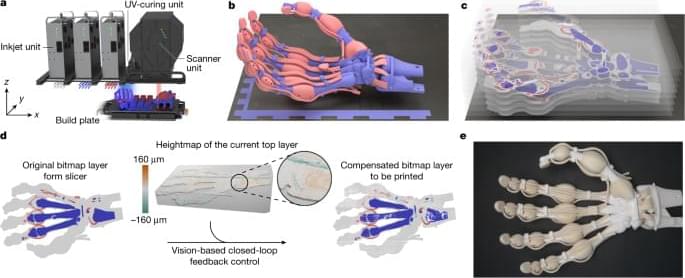SpaceX is targeting Saturday for the second flight of Starship. The company has received regulatory approval for the flight. The flight will feature the newly added hot staging ring, allowing the Ship to separate from the Booster while the Booster engines are still firing. The stack features multiple upgrades compared to the first flight, including 63 upgrades SpaceX submitted to the FAA to mitigate issues from the first flight. Ahead of the launch, SpaceX will close the road, evacuate the village and surrounding area, and clear the potential blast radius.
Booster 9 will attempt a soft splashdown in the Gulf of Mexico, while Ship 25 will attempt to fly around the earth before performing a reentry and hard splashdown in the Hawaiian area.
Window Opens: November 18th at 7AM CST (13:00 UTC)
Window Closes: November 18th at 7:20AM CST (13:20 UTC)
Mission: Starship’s second fully integrated test flight.
Vehicles: Booster 9 and Ship 25
Recovery: No recovery. Booster will attempt soft splashdown, Ship will not and instead will impact the ocean.
Stats:
· SpaceX’s 85th launch of the year and the 6th launch of the month.
· SpaceX’s 2nd space launch from Starbase.
· Starship will, once again, become the largest, most massive, and most powerful rocket every created breaking its own record.
Forum link: https://forum.nasaspaceflight.com/index.php?topic=57219.0
SpaceX’s launch page: https://www.spacex.com/launches/mission/?missionId=starship-flight-2
NSF Starship merch: https://shop.nasaspaceflight.com/collections/starship-orbital-flight-test.
NSF Launch Article: https://www.nasaspaceflight.com/2023/11/ift-2-launch/
⚡ Become a member of NASASpaceflight’s channel for exclusive discord access, fast turnaround clips, and other exclusive benefits. Your support helps us continue our 24/7 coverage. ⚡







